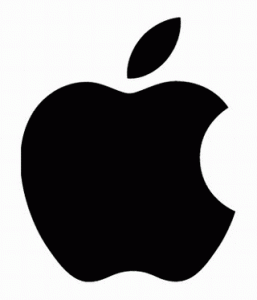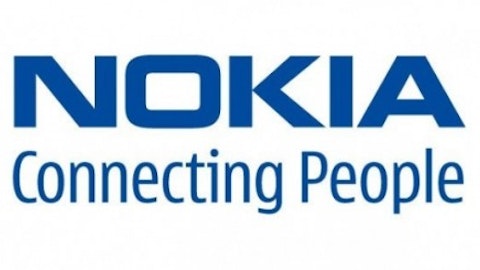
To see how this works, let’s take a look at one of the most hotly debated topics in the market today: Apple Inc. (NASDAQ:AAPL).
In the past decade, fueled by the success of the iPod, iPhone and iPad, Apple Inc. (NASDAQ:AAPL) has grown at a staggering rate. Revenue, earnings, and free cash flow per share have compounded by 38%, 96%, and 72%, respectively. The gross margin has ranged around the mid-30 to low-40%, while the operating margin has increased to around 30% per year for the last 4 years. During the last ten years, the company’s share price has risen by more than 7000%, racing to an all-time high of $705 per share in September of last year.
However, Apple Inc. (NASDAQ:AAPL)’s stock price has fallen by more than 38% ever since. Reasons for the fall are aplenty – the fiscal cliff, deteriorating margins, earnings disappointments, the maps fiasco, product pipeline concerns and increasing competition from Android-based smartphones.
Here is a summary of what people are saying:
Apple bears
1. Apple has lost its touch since Steve Jobs passed away. A company that was known for innovation and creativity has become stagnant.
2. Apple Inc. (NASDAQ:AAPL)’s remarkable success this past decade was due to its unprecedented run of revolutionary products – the iPod, iPhone, and the iPad. For Apple to justify charging a premium for its products, it has to be much better than everybody else –which is going to be very difficult given the short product life cycles and intense competition in the industry.
3. Apple’s fundamentals are deteriorating: the rates of growth of revenue and operating profit have been declining; gross margin has deteriorated sharply in the the last five quarters – 47.4%, 42.8% , 40%, 38.6%, 37.5%; and Apple’s share of the smartphone and tablet market has been declining – in the latest quarter Samsung‘s market share increased to 33% from 29% the previous year compared to Apple which saw its market share decline to 17% from 23% in the previous year.
Apple bulls
1. The demise of Apple has been exaggerated. Apple Inc. (NASDAQ:AAPL) has sold more iPhones and iPads than ever before. In the 6 months ending March 30, iPhone and iPad unit sales registered an increase of 18% and 55%, respectively, compared to the same period last year.
2. There is lot more room for growth: the smartphone market is expected to double in the next 2 years and Apple will benefit significantly even if it does not grow its market share; the tablet market is still in its infancy, as more people shift from PCs to tablets, Apple is well positioned to take advantage of this trend; and lastly, Apple’s penetration in emerging markets such as China is still low, which offers tremendous growth potential.


